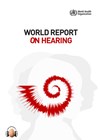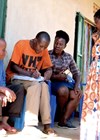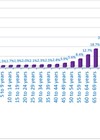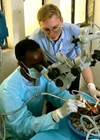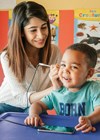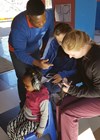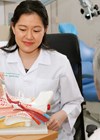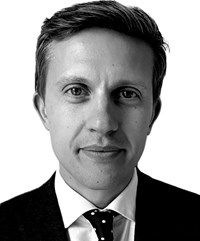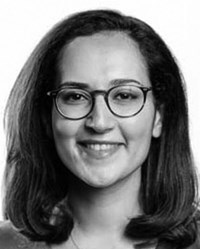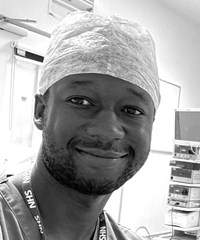ENT features archive for May 2021
Unpacking the World Health Organization’s World Report on Hearing: what does it say?
The inaugural report on hearing from the World Health Organisation is a tool for advocacy, and for getting hearing loss on government agendas. Nguyen Ngoc Bao Tran was 11 months old when her hearing loss was diagnosed. Despite being informed...
Bringing ear care and hearing services to the hardest to reach: the potential of primary healthcare workers
Can workers from the local community plug the workforce gap in providing ear and hearing care? Bringing ear and hearing care services closer to the community remains a key component of reducing the burden of ear and hearing conditions across...
Mapping the financial and disease burden of hearing loss and associated interventions
The prevalence and burden of ear and hearing disorders is huge and, historically, has been underappreciated. Globally, unaddressed hearing loss poses a growing public health challenge, requiring urgent attention from policymakers, health professionals and civil society. The recently published World...
Promoting human rights of deaf communities in low-resource settings
Stigma and misconceptions about deafness are serious impediments for many deaf people to realise rights and potential in some of the most challenging situations globally. Around 430 million people are estimated to live with moderate or higher levels of hearing...
Outreach to build capacity for surgical ear care in low-resource settings: challenges and opportunities
There are successful models for delivering complex ear surgery where resources may be more limited. Ear, nose and throat conditions are frequently overlooked when global health issues are considered, but hearing loss is the world’s most common sensory deficit, and...
Mobile technologies to support global ear and hearing care
By combining mobile technology with artificial intelligence, more people can access ear and hearing care. The World Health Organization (WHO) estimates that worldwide, nearly half a billion people have moderate or worse hearing loss [1]. The vast majority of people...
Using tele-audiology in Zambia’s ear and hearing care desert
Addressing the medical desert with tele-audiology and tele-education. If a ‘medical desert’ is defined as a community that lives more than 60 miles away from the nearest acute care hospital, then try to imagine an appropriate term for a situation...
Differing outcomes of three Sub-Saharan Africa journeys with the common goal of task sharing in audiology
Task sharing can be designed and implemented specific to the needs of each programme. Foundational principles of global health include developing local leadership as a means to successful sustainable service provision in low- and middle-income countries (LMIC) or regions. It...
Barrier and opportunities for hearing care: finding a way forward for all
Ideal models of care for communities can include tailored ear and hearing care interventions. Barriers exist at an individual and societal level to realise the vision of hearing care for all, regardless of country or resource setting. Affordability of hearing...


